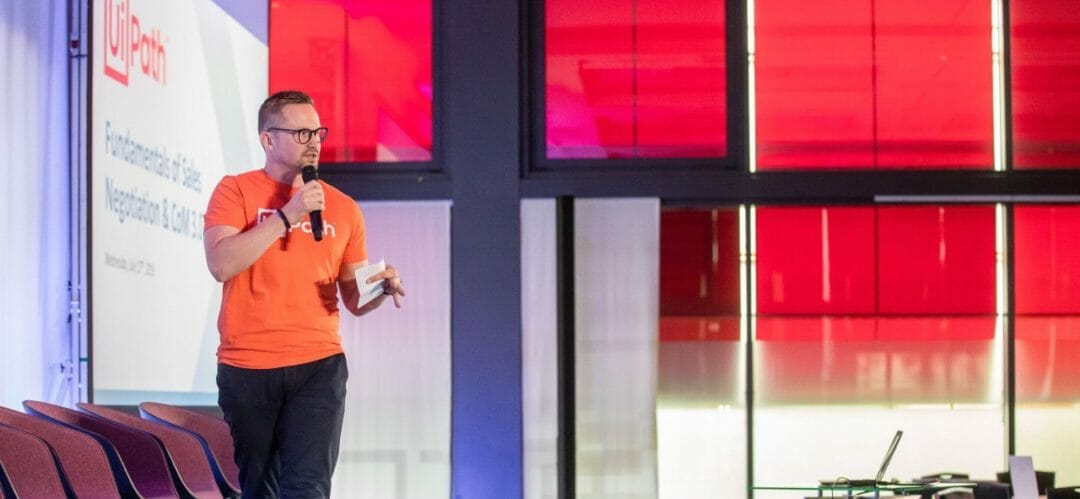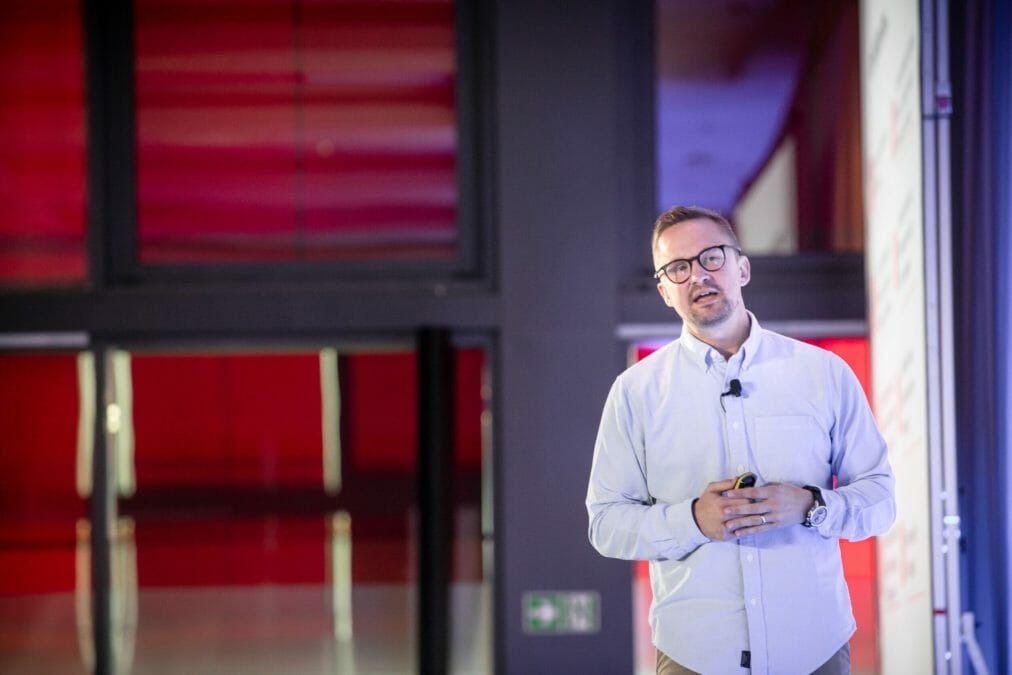It wouldn’t be overstating to say that every business in every industry will in some way be affected by the Covid-19 pandemic.
The burden on company executives to navigate the short-term impacts of slowing growth is heavy and the playbook has not been written. Discretionary spend controls, permanent or temporary reductions in workforce and scaled production are often the immediate and urgent considerations.
For some, these pressures are exacerbated by unnatural spikes in volume of transactional work, caused by [for example] rises in insurance claims, cancelled appointment correspondence or increases in contact-centre calls. So how should a business executive think about navigating the problem, when workforce capacity is reduced, production is slowed, investments are stalled and yet burden of workload is increased?
“We don’t have the time to take our time”
Almost one year ago, I wrote an article that spoke of UiPath as a Dreamy Business, with almost unlimited upside. The conviction for that statement was born from the steadfast belief that hyper-automation will unleash the creativity, the ingenuity and the real potential that was often locked up in teams chained to repetitive and undifferentiated tasks. In short, it accelerates human potential — the very purpose behind UiPath.
But of course, as has been proven time and again and is playing out in front of our eyes now…necessity is the mother of all invention. We are at a unique point, in that the rules of time itself have changed. We don’t have the time to take our time.
Nations are building industries in front of our eyes. They are building hospitals inside of 10 days. They are reinventing production lines to roll out critical components, such as ventilators and personal protective equipment. Necessity is also driving our hospitals to automate clerical work to put extra capacity back into care. It’s driving the systematic organisation of testing for the virus and updating patient triage. It’s dealing with the wave of benefits claims. Of business loans. Of repatriation of citizens and the abundance of screening and onboarding volunteer workforce. It’s humanity at it’s best. And it’s accelerated.
SUSE CEO: avoiding disruption with open source and how her focus has changed
UiPath and automation: the role in mitigating the coronavirus threat
The urgency of now has been acutely understood with the team at UiPath and our sense of responsibility to help has bound all of us.
With that in mind, UiPath has been providing our end-to-end hyper-automation platform free of charge to specifically help the front line of the fight against the virus. For the Mater Misericordiae University Hospital in Dublin, we have extended our vision of a robot (digital assistant) for every person, to the specific requirements of a “robot for every nurse”, which is reducing the time the nursing team spends on clerical work by 30% each day; 30% more nursing capacity right now feels like a blow for the virus. Software robots are now logging into the laboratory system, applying relevant disease codes to tests, and inputting the information back into relevant systems and reports. Several additional healthcare institutions from around the world are also directly seeking our support and we are doing our best to step up.
We have also made available the free-of-charge UiPath Health Screening Bot, launched in several Asia-Pacific countries and being rolled out in Europe, Middle-East and Africa too. It keeps track of the employees’ health whether they work from the office or from home. Instead of putting HR people under a lot of strain, the robot sends out a survey and keeps track of who has and hasn’t completed it. Also, it proactively follows up every hour via various communication tools (Slack, WeChat, WhatsApp) to those who haven’t made the check. The Health Screening Bot organises all the data in a summary report at the end of day. The data summaries are presented in an easy-to-read visual such as pie and bar charts — making it easy to see where employees are working (at home or in the office) and their temperatures.
One of our customers in China is a hygiene product company. They had a 10x increase of orders for hand sanitiser. They usually process orders in SAP but couldn’t keep up with the spike in demand — especially with some of that team unavailable to work due to quarantines. The UiPath team built a solution that added 20 unattended robots to handle the extra volume. They can scale up and down in line with demand.
The airline industry has been grounded and with it, a massive number of requests for cancelations has been hitting contact centres. One of our European airline customers is using UiPath to allow agents to pull data faster by using attended automations and combining it with back-office automations to streamline the customer experience.
For one of the biggest online US retailers, ten unattended robots help with the selection process as they needed to add 100,000 full-time and part-time positions in warehouse and delivery roles to keep up with the sudden increase in online shopping and delivery. They have been processing 800,000 to one million job applications under time pressure and UiPath is automating much of the process and reducing the time to resolve screening and onboarding.
The impact of the coronavirus on the UK tech sector: disruption ahead?
The winds of change
Long after the virus has been defeated and the world returns to what many believe will amount to being a “new state of normal”, these innovations that have automation at their heart will remain necessary and will form a critical part of the new-stack of productivity tools, accelerating human achievement.
The urgency of now is proving to be the time to sure up the human-machine collaboration, to help get businesses through these unprecedented times, adding capacity to the workforce and ensuring business continuity of systems, processes and tasks.
If the urgency of now isn’t upon you, then executives should use this time to build the workforce and the workspace of the future that will emerge through this crisis. It is a workforce augmented with digital assistants and a workspace that is largely automated, leaving humans to build and rebuild the future.
[emailsignup]








